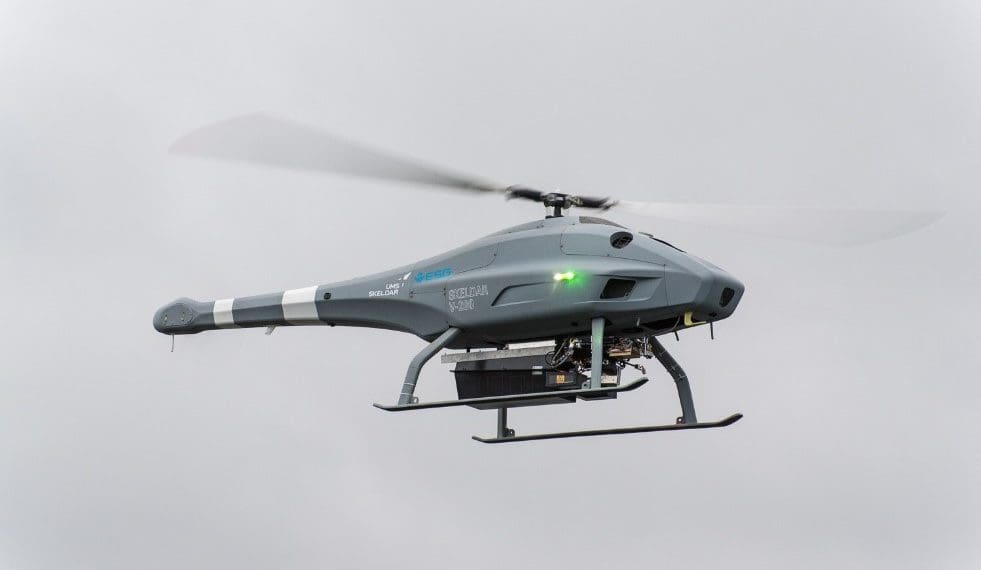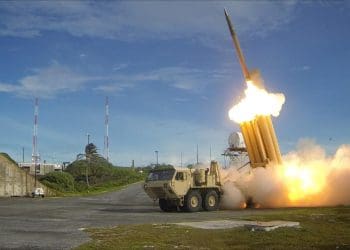In a bold leap toward modernizing maritime defense, the Belgian Navy joined forces with NATO allies and cutting-edge technology firms during the REPMUS24 international exercise, held in Portugal. This unique event, far from a traditional naval drill, was a testing ground for groundbreaking unmanned maritime systems, with Belgium playing a pivotal role in showcasing its evolving capabilities.
The annual REPMUS exercise serves as a melting pot for 26 NATO navies, over 30 scientific institutions, and leading companies, all focused on pushing the boundaries of autonomous systems. From mine detection to search-and-rescue operations, this year’s event zeroed in on drones and autonomous vessels—technologies designed to perform dangerous and time-consuming tasks once dominated by human divers and traditional ships.
Belgium’s Very Shallow Water (VSW) Team was at the heart of the action, deploying an underwater drone to scour the seabed for hidden objects. Their expertise in shallow water mine detection was put to the test as they conducted initial surveys, followed by closer investigations using advanced drones equipped with cameras, or human divers. The team’s use of these emerging technologies drastically sped up operations, reducing tasks that would have taken hours into mere minutes.
One key area for the Belgian Navy at REPMUS24 was the opportunity to test systems that will soon be deployed on Belgium’s next-generation mine countermeasure vessels. In partnership with industry and academia, Belgium is spearheading research into detecting floating mines—an essential task for ensuring maritime safety in both North Sea and Atlantic Ocean environments. With REPMUS24’s challenging conditions of visibility, wind, and currents, the exercise provided the perfect proving ground for these cutting-edge systems.
“Belgium’s Unmanned Fleet Takes Shape”
As part of its rMCM (replacement Mine Countermeasures) program, Belgium is advancing its unmanned systems, working closely with the Netherlands to replace outdated minehunters with new vessels outfitted with state-of-the-art unmanned technology. These vessels, designed to detect and neutralize underwater mines, are expected to revolutionize how both navies approach maritime threats. Each nation will receive six vessels, with the Belgian fleet set to become operational by 2024.
To bolster its Explosive Ordnance Disposal (EOD) capabilities, the Belgian Navy has already integrated the Exail R7 Remotely Operated Vehicle (ROV). This formidable underwater robot is designed to operate in diverse conditions up to depths of 300 meters, utilizing advanced sonar, positioning systems, and high-definition cameras. It is tailored for EOD missions, where it can inspect and neutralize underwater explosives—an essential asset in securing strategic maritime routes.
The integration of the K-STER mine disposal system further cements Belgium’s commitment to remaining at the forefront of unmanned maritime defense. Together with the Exail R7, these advanced technologies are setting a new standard for mine countermeasures, enhancing Belgium’s ability to protect its waters and contribute to NATO’s collective security.
“Testing the Future in Real-World Conditions”
The REPMUS24 exercise proved invaluable for Belgium and its allies, offering a real-world environment to refine and test emerging technologies that will soon define the future of naval warfare. With its focus on autonomous systems, Belgium is not only modernizing its fleet but positioning itself as a leader in unmanned maritime operations.
As Belgium’s next-gen mine countermeasure vessels prepare to join the fleet, equipped with a suite of unmanned technologies, the nation is clearly signaling its intent to stay ahead of evolving maritime threats. These advancements ensure Belgium and NATO are ready to tackle the complex security challenges of tomorrow, with innovation driving the way forward.










